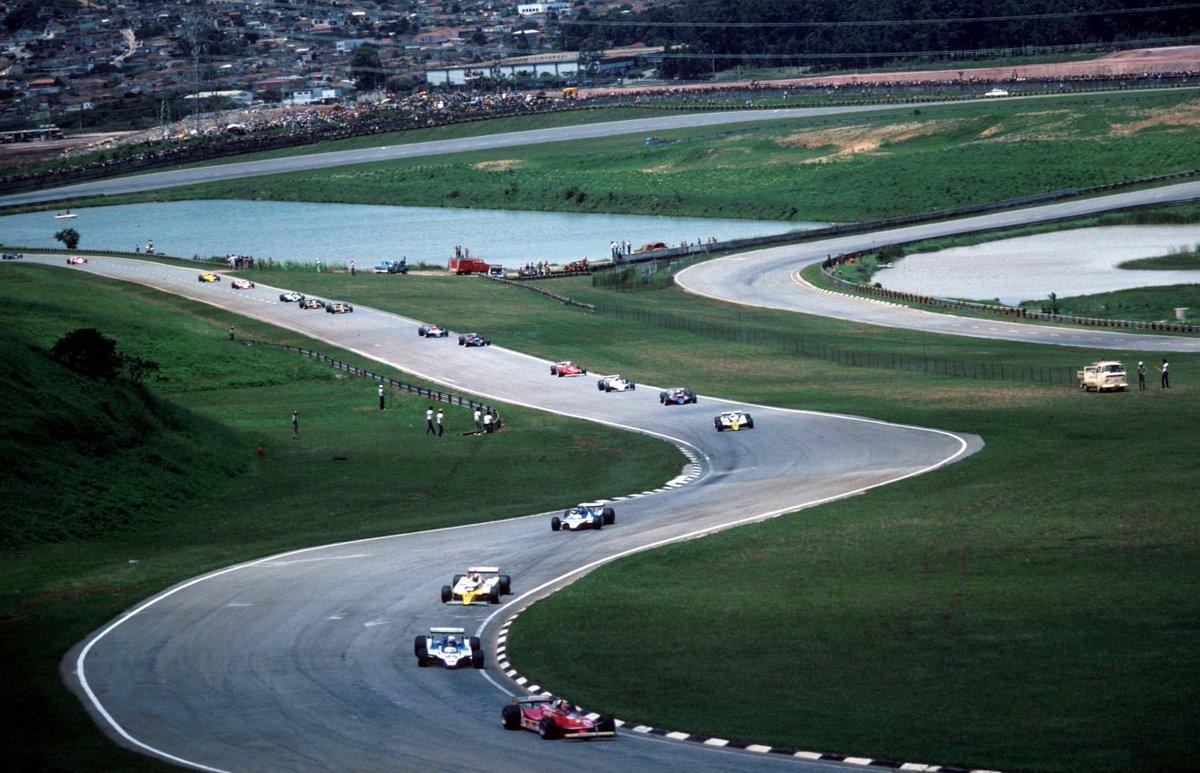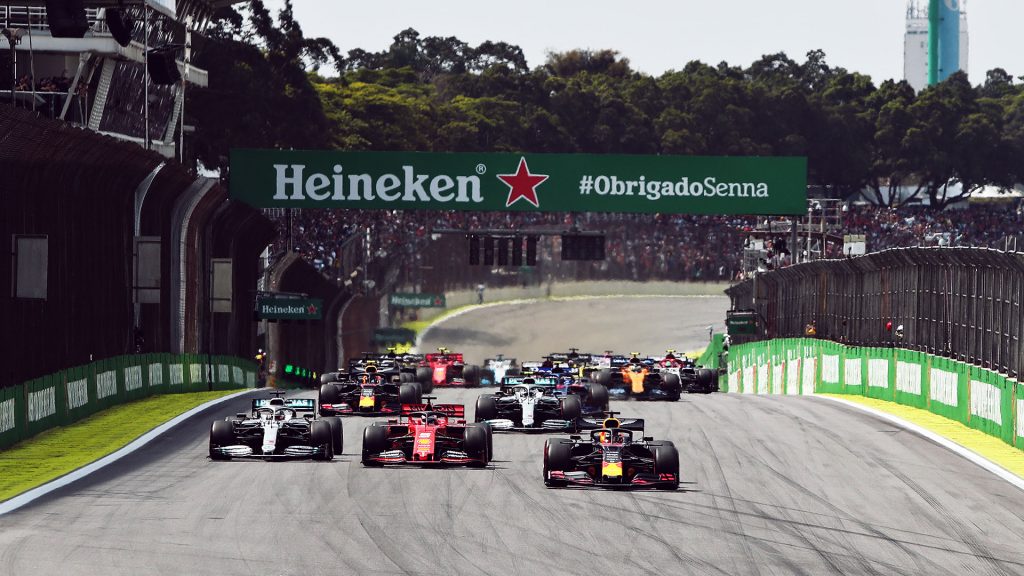Here’s everything you need to know about the Interlagos circuit – the venue for the Brazilian Grand Prix this weekend – track guide.
The Autódromo José Carlos Pace, commonly known as Interlagos, is a 4.309-kilometer racetrack located in São Paulo, Brazil. It was officially inaugurated on May 12, 1940, under the supervision of Adhemar de Barros, who was the federal intervener of São Paulo at that time. The name “Interlagos” is derived from its location between two large artificial lakes, Guarapiranga and Billings, which were created in the early 20th century to supply the city with water and electricity. In 1985, the track was renamed in memory of Formula 1 driver José Carlos Pace, who tragically lost his life in a plane crash in 1977.

Interlagos stands out due to its unique feature of being built on uneven terrain, as opposed to a flat surface, resulting in a demanding track characterized by significant elevation changes. This layout places added stress on the car’s engines and increases the challenge for drivers. The circuit’s counterclockwise direction, featuring several challenging left turns, subjects the drivers to centrifugal forces that strain their necks to the right, a departure from the norm in most Formula 1 circuits where forces typically push their necks to the left.
The Interlagos circuit features one of the Formula One’s longest pit lanes, starting just before the start-finish straight and rejoining the main track after the Curva do Sol. Initially, entering the pits posed a challenge because of the track’s high speeds and left-turning nature, which could push cars to the right and potentially lead to missing the pit entrance. To improve safety, adjustments were made to the pit lane entrance prior to the 2007 Formula One Brazilian Grand Prix. Further enhancements were introduced for the 2014 Formula One Brazilian Grand Prix, including the incorporation of a chicane.
What are the challenges faced by drivers at the Interlagos Circuit?
Drivers at the Interlagos Formula 1 circuit in São Paulo, Brazil, contend with a multitude of challenges that set it apart from other racetracks. The elevation changes at Interlagos are particularly pronounced. The circuit’s layout features both uphill and downhill sections, which can significantly affect the balance and handling of the cars. Drivers must adapt their driving style and make setup adjustments to navigate these undulating terrain changes effectively. This feature of the track adds an element of unpredictability and excitement to the racing.

Another prominent challenge is the ever-changing weather conditions in São Paulo. Rain showers can occur suddenly, transforming the track surface from dry to wet or vice versa. The ability to make rapid decisions on tire changes and adapt to the shifting track conditions is essential. Drivers who master these transitions gain a significant advantage, as it can make or break a race.
Interlagos is known for its bumpy track surface, which can be particularly demanding on the cars and drivers. These irregularities can disrupt a car’s grip and balance, especially in wet conditions. The challenge lies in finding the right suspension settings and driving techniques to cope with the track’s bumps while maintaining optimal performance.
Who are the most successful drivers at the F1 Brazilian Grand Prix?
Formula 1 boasts a storied history with iconic races and legendary drivers, and the Brazilian Grand Prix undeniably stands out as one of the sport’s most prestigious events. Throughout the years, the Interlagos circuit in São Paulo has been the stage for remarkable moments, with certain drivers etching their names in history by consistently mastering the demanding track. Now, let’s explore the most successful drivers in this Grand Prix throughout the years.

1. **Alain Prost (6 Wins):** The French racing legend holds the record with six victories at the Brazil Grand Prix, showcasing his dominance during the 1980s and early 1990s.
2. **Michael Schumacher (4 Wins):** A Formula 1 icon, Schumacher’s four wins at Interlagos reflect his remarkable talent and adaptability.
3. **Carlos Reutemann (3 Wins):** An Argentine racing legend who demonstrated his mastery of the Interlagos circuit in the late 1970s and early 1980s.
4. **Sebastian Vettel (3 Wins):** Vettel, a four-time World Champion, achieved three wins at Interlagos, including his incredible 2010 victory.

5. **Lewis Hamilton (3 Wins):** One of the greatest drivers in Formula 1 history, Hamilton’s blend of skill, determination, and adaptability secured him three victories, including a spectacular performance in 2021.
More Formula One news:
- Lewis Hamilton doesn’t support IOC’s decision on Black Lives Matter gear during Olympics
- Max Verstappen left surprised as he reaches 100 race milestone with Red Bull
- Damon Hill left in awe after Lewis Hamilton racks up 100 poles in F1 ahead of 2021 Spanish GP
Follow our dedicated Formula One page for instant Formula One news and updates

